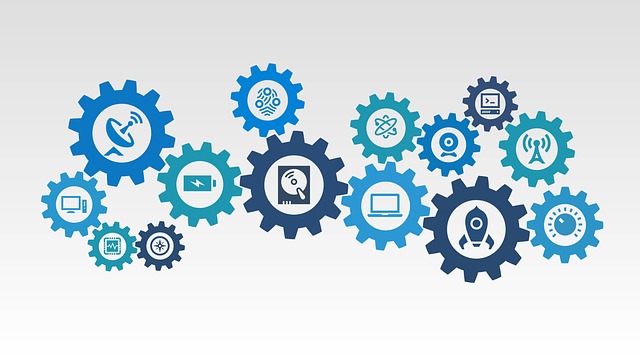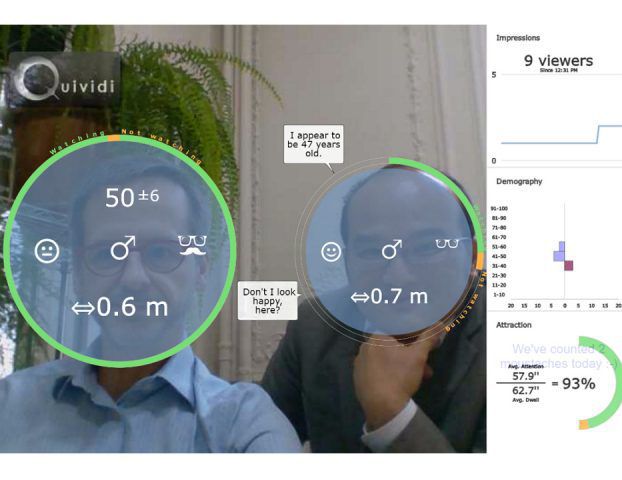Will robotics lead to radical insourcing?
Recently some large companies have shifted parts of their production from low wage countries to their home countries. In this post will be explained why robots cause this phenomenon. Will radical insourcing happen in the future?
According to Cowen (2016) robots and 3D printers could create a world of “radical insourcing”. He states that the increasing use of machines, smart software, robots and 3D printing would mean that wage differentials will no longer be a major reason to look abroad or to lower wage countries. Similar goods could be produced at home instead of buying from an exporter and incurring labour and transportation costs. Besides cost benefits, insourcing is also beneficial for companies because it is a less polluting way of producing. Moreover, customers do not have to worry that products are made in sweatshops. Also, companies can become more responsive to demand because products are produced (closer to) home (Financial Times 2016).
There are some companies who started insourcing activities after a long period of outsourcing. For example, Adidas has been outsourcing activities for over three decades. Last year, the former chief executive of Adidas announced that some shoe production would be brought back home for the first time, thanks to the highly automated factory, the “Speedfactory” to be built in Germany. Adidas wants to speed up delivery times to fashion-conscious customers and reduce freight costs (Reuters, 2014). Adidas has already unveiled a 3D printed running shoe sole that can be tailored to a person’s foot.
Other examples of reshoring companies where previously internationalized activities are being returned to inside national borders are Whirlpool Corporation, Caterpillar Inc. and Ford Motor. As more and more companies are insourcing, it may become a trend, especially with the fast technology advances fast. Radical insourcing will have big impact on developing economies. What would be the consequences for developing economies?
Cowen, T. (2016). Economic Development in an “Average is Over” World. Available at: https://www.gmu.edu/centers/publicchoice/faculty%20pages/Tyler/Manila.pdf [accessed 27 September 2017].
Dalder, M. (2014) Adidas aimes to open automated shoe factory in Germany in 2016. [online] Reuters. Available at: https://www.reuters.com/article/us-adidas-robots/adidas-aims-to-open-automated-shoe-factory-in-germany-in-2016-idUSKCN0SE1RL20151020 [accessed 27 September 2017].
O Connor, S. (2016) Robots may cut off the path to prosperity in the developing world. [online] The Financial Times. Available at: https://www.ft.com/content/5d0b1206-36f2-11e6-a780-b48ed7b6126f?mhq5j=e5


